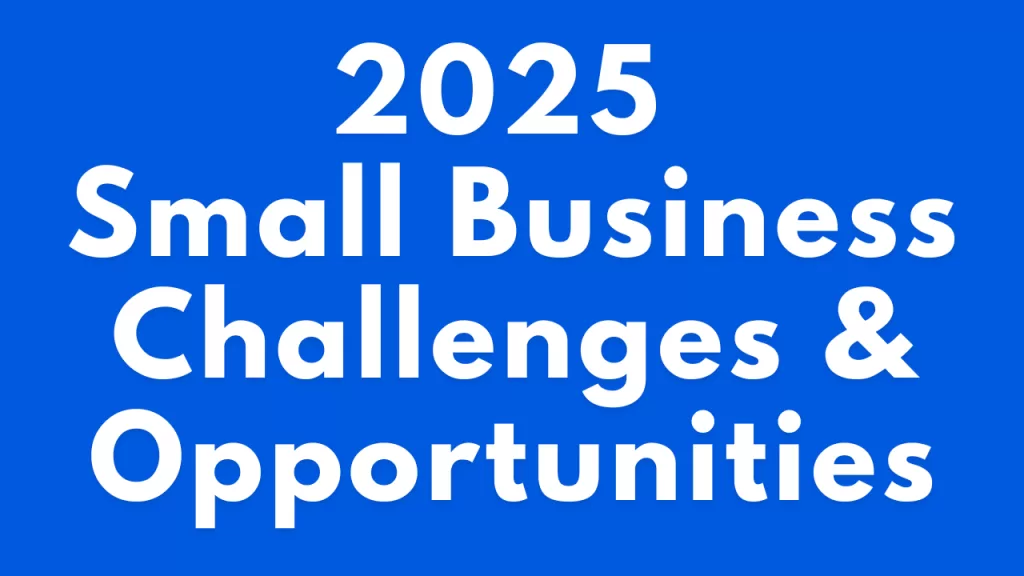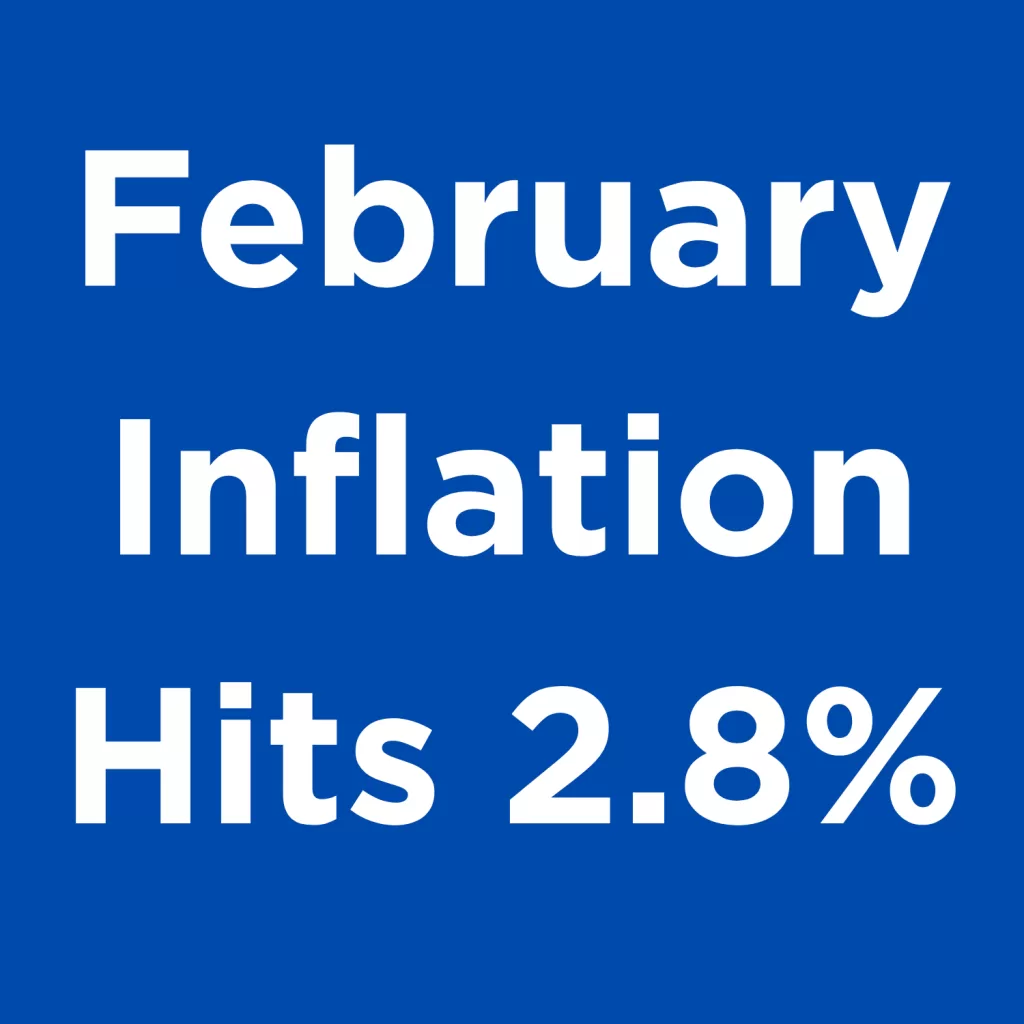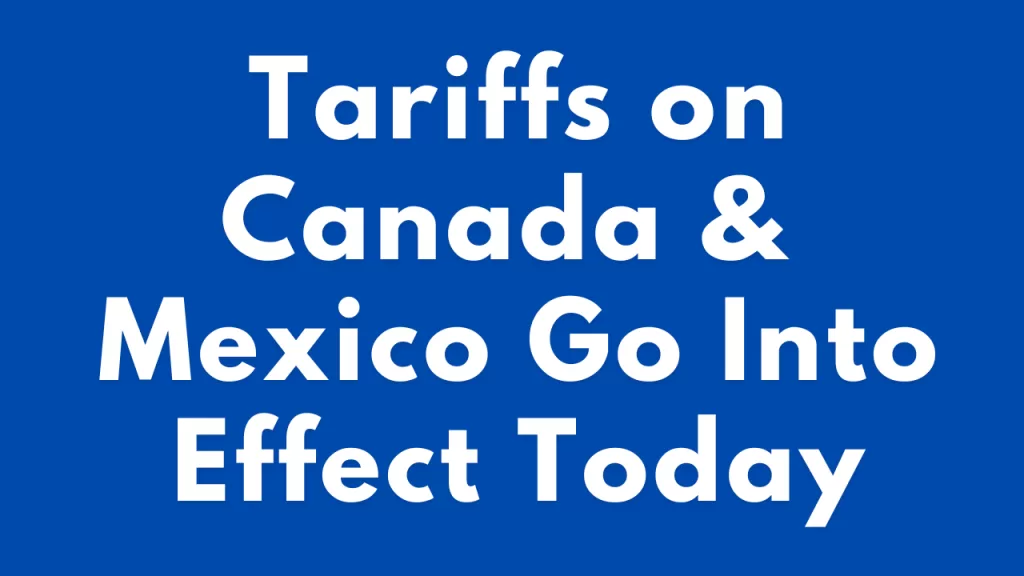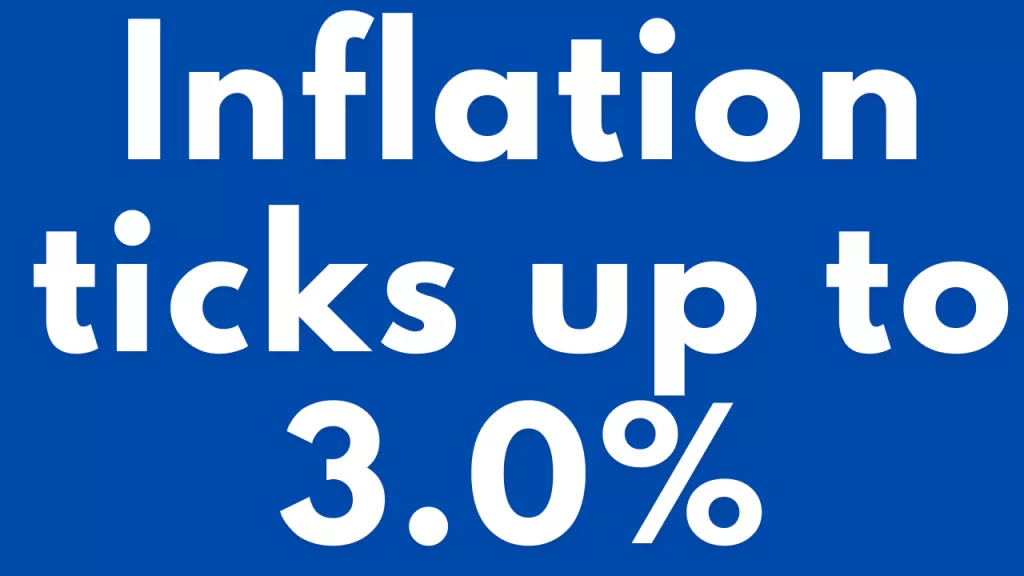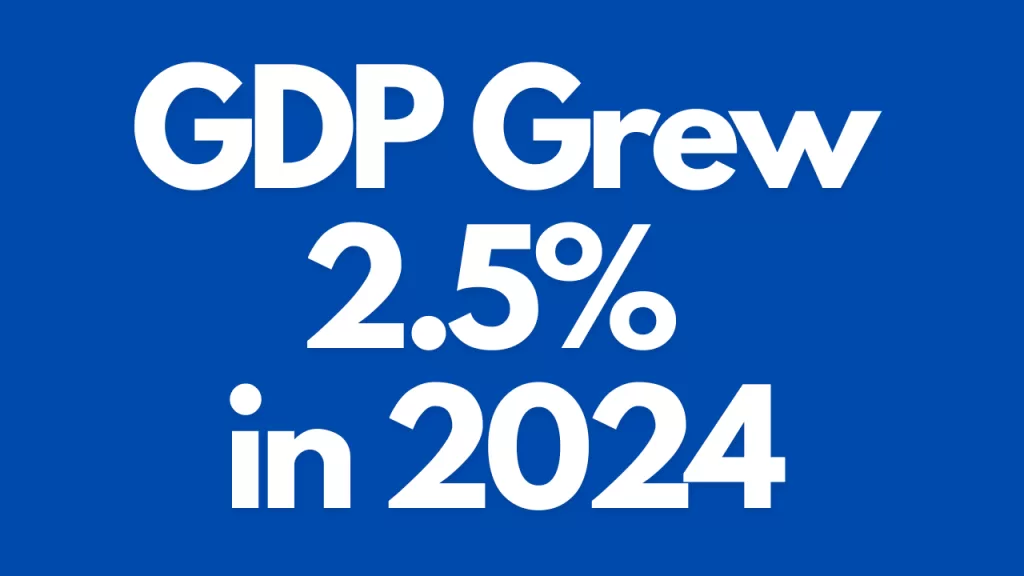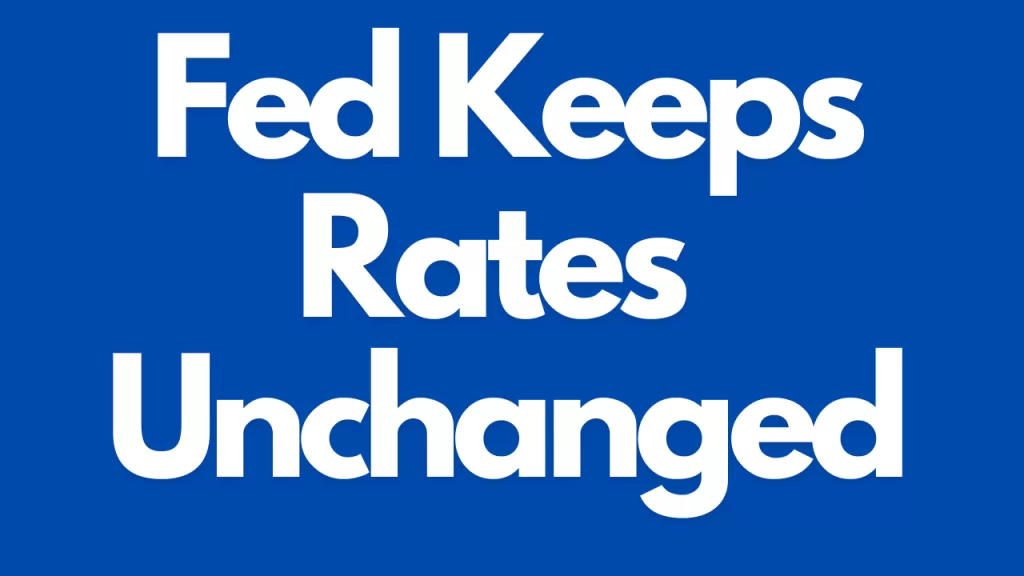Book Overview and Analysis | CARELESS PEOPLE: A Cautionary Tale of Power, Greed, and Lost Idealism, by Sarah Wynn-Williams
## Overview
These excerpts from “Careless People” by Sarah Wynn-Williams provide a glimpse into the author’s experiences working at Facebook, likely in a policy or international relations role, during a period of significant global expansion and scrutiny for the company. The themes that emerge are diverse, ranging from the mundane and absurd aspects of working in a hyper-wealthy tech culture to serious ethical and geopolitical challenges Facebook faced. The narrative is punctuated by personal anecdotes, including a dramatic shark attack from the author’s past, which seems to serve as a recurring motif of resilience in the face of overwhelming adversity.

## Main Themes and Important Ideas of Careless People
**1. The Disconnect Between Facebook’s Ideals and Reality:**
* The author frequently encounters situations where Facebook’s stated mission of “making the world more open and connected” clashes with its actions and priorities.
* The pursuit of user growth in countries with authoritarian regimes, even at the cost of user data and freedom of speech (e.g., China, Myanmar), is a recurring point of tension.
* Regarding Hong Kong user data: “Surely, there’s no way that Facebook would leverage Hong Kong users’ data as part of a deal to get into China?”
* On blocking a Russian opposition event page: This action, following a complaint from Russia’s internet regulator, highlights the company’s willingness to comply with state censorship.
* The Internet.org initiative, intended to provide free internet access, faces regulatory hurdles and is perceived by some as a way to onboard users onto the Facebook ecosystem rather than providing true open access.
* “Chile is small but if this starts spreading to other countries,” he says, “we will have a problem.” (referring to Chile banning the free services model).
**2. The Eccentricities and Privileges of Silicon Valley Culture in Careless People
* The excerpts depict a workplace where immense wealth leads to unusual behaviors and a detachment from the concerns of the outside world.
* Sam Lessin’s description of being “price insensitive” and “economically insensitive” illustrates this.
* Debbie’s concept of being an “economic volunteer” due to her Google IPO wealth showcases the financial realities of early tech employees.
* The author’s observations about expensive status symbols like Louis Vuitton handbags and diamond jewelry highlight the prevalent materialism.
* Meetings and interactions with Mark Zuckerberg, Sheryl Sandberg, and other leaders reveal a sometimes bizarre and often tone-deaf approach to global politics and cultural sensitivities.
* Mark Zuckerberg’s awkward attempts at gangsta handshakes before meeting the South Korean president, despite warnings about cultural disrespect, demonstrate a lack of awareness.
* His seemingly genuine confusion about whether being a “modern-day William Randolph Hearst” is a bad thing reveals a potential blind spot regarding the implications of his company’s power.
* The request for a “riot or a peace rally” for Mark in Indonesia showcases a profound misunderstanding of local contexts and the potential for harm.
**3. The Author’s Personal Journey and Growing Disillusionment:**
* The author’s past experience with a shark attack is interwoven into the narrative, perhaps symbolizing her ability to survive difficult and dangerous situations.
* “My animal instincts kick in. I’m scratching, kicking, punching, pulling, doing whatever I physically can to escape. It’s like hand-to-hand combat.” (Describing the shark attack).
* Later, reflecting on potentially facing arrest in South Korea: “Also, I had survived a near-deadly shark attack once. So how bad could it be?”
* The excerpts trace a trajectory of increasing discomfort and ethical concern regarding Facebook’s decisions and the behavior of its leadership.
* The author’s internal conflict is evident as she grapples with requests that seem ethically questionable or strategically misguided.
* Her resistance to the idea of Facebook prioritizing military/veteran issues globally, citing countries with complex histories of military dictatorship.
* Her attempt to explain the complexities of organ donation regulations to Sheryl, only to be met with indignation.
* By the end of the provided text, the author appears to be reaching a breaking point, recognizing a fundamental misalignment between her values and the direction Facebook is heading, particularly with Mark Zuckerberg’s potential political ambitions.
* “I don’t want this to become who I am. I didn’t sign up for where he is now trying to go. I know I can’t do it anymore.” (Reflecting on Mark’s potential presidential run).
**4. The Geopolitical Challenges of a Global Tech Platform:**
* Facebook’s expansion into diverse global markets presents significant challenges related to censorship, data privacy, and government relations.
* The contrasting perspectives of different countries on data privacy, exemplified by Germany’s historical suspicion of surveillance, highlight the difficulties of a one-size-fits-all approach.
* “Where others see a website that’s good for wasting time, Germans see a comprehensive surveillance tool that needs muscular oversight.”
* Negotiating with authoritarian regimes requires navigating complex ethical dilemmas and often involves compromising on user rights. The Myanmar example demonstrates the unpredictable nature of these interactions.
* The incident with the Russian internet regulator blocking the Navalny event page underscores the direct impact of government pressure on online speech.
**5. The Power Dynamics and Internal Politics at Facebook:**
* The excerpts reveal a hierarchical structure where decisions are often driven by senior leadership, with dissenting opinions sometimes dismissed.
* The rejection of the “global council” idea illustrates this top-down decision-making. “We make the decisions,” I’m told. The bosses don’t want a bunch of outsiders all up in our business that way.”
* There are instances of internal “games” and unspoken agreements, such as the seemingly biased gameplay of “Settlers of Catan” in Mark Zuckerberg’s favor.
* “You know exactly what I mean. You could have placed the robber anywhere but you never place it on any of Mark’s hexes. You always place it on his closest competitor.” (The author confronting colleagues about the game).
* The author’s experience of being considered the “body” to potentially be arrested in South Korea highlights the sometimes unreasonable expectations and pressures placed on employees.
**6. Mark Zuckerberg’s Character and Leadership Style (as perceived by the author):**
* The portrayal of Zuckerberg is complex, showing moments of awkwardness, detachment, and a sometimes startling lack of understanding of basic social and political norms.
* His intense focus on growth and his ambition to connect the world seem to sometimes overshadow ethical considerations.
* His interest in “food” and the best bluefin tuna as a marker of extreme wealth reveals a potentially narrow and privileged perspective.
* ““Yeah. I mean, he’s even more serious about it than I am. Every day he has someone go to that fish market we went to this morning and buy the absolute best bluefin tuna in that market. He eats the best food in the world. He has the best chef in Japan.””
* His eventual exploration of a potential presidential run indicates a significant expansion of his ambitions beyond the tech world.
## Conclusion
These excerpts from “Careless People” offer a fascinating, and at times unsettling, look behind the scenes at Facebook during a critical period of its history. Through the author’s personal experiences, the reader gains insight into the complex interplay of technology, global politics, and the immense power wielded by a company that sought to connect the world, often with unforeseen and ethically challenging consequences. The author’s growing disillusionment serves as a poignant commentary on the gap between the idealistic vision and the often-careless reality of a rapidly expanding tech giant.
Contact Factoring Specialist, Chris Lehnes
Careless People: A Study Guide
Quiz
Answer the following questions in 2-3 sentences each, based on the provided excerpts from “Careless People.”
- Describe Prime Minister Harper’s reaction to meeting Mark Zuckerberg. What was the immediate aftermath of this interaction for the narrator and Mark?
- Detail the narrator’s experience after being bitten by the shark. What were her primary concerns and how did she attempt to handle the situation initially?
- Explain the narrator’s parents’ reaction to her complaints of feeling extremely unwell after the shark attack. What was the actual medical issue she was experiencing?
- What was the point of the Argentinian diplomat’s comment about the movie “Nemo” in the context of the United Nations’ work on ocean conservation?
- Describe the narrator’s initial idea for a “global council” at Facebook. Why was this idea ultimately rejected by her bosses?
- According to the text, what was Germany’s fundamental suspicion regarding Facebook’s business model? What historical context informed this viewpoint?
- Explain Sheryl Sandberg’s reaction to the narrator’s comments about organ donation regulations during a Facebook feature discussion. What underlying conflict did this reveal?
- Describe the narrator’s experience trying to get a taxi in Myanmar. What actions did she take to secure transportation for her meeting?
- What were the initial concerns of the Myanmar junta regarding Facebook’s presence in their country? What was the outcome of the narrator’s meeting with them?
- Briefly recount the anecdote about Mark Zuckerberg’s attempt to learn the proper bow for meeting the South Korean president. What was the underlying significance of this episode?
Quiz Answer Key
- Prime Minister Harper was firmly uninterested in meeting Mark Zuckerberg, stating “No, I wouldn’t.” Following this blunt refusal, the narrator and Mark were left standing in an awkward silence after their mutual acquaintance, Javi, walked away to get drinks.
- After the shark attack, the narrator instinctively fought to escape, sustaining significant puncture wounds and losing a chunk of skin. Her primary concerns were the bleeding attracting more sharks and her nakedness due to her tattered swimsuit, especially when fishermen arrived. She initially tried to downplay her injuries and hoped the fishermen would leave.
- The narrator’s parents repeatedly dismissed her complaints of feeling like she was “on fire” throughout the night, telling her she would be fine based on the doctor’s earlier assessment. In reality, the shark had bitten through her bowel, causing a toxic leakage into her gut, leading to sepsis and acute peritonitis.
- The Argentinian diplomat suggested that the animated movie “Nemo” was the single most impactful thing for ocean protection in the last decade. This was because the popular film raised public awareness and empathy for marine life in a way that years of UN negotiations and reports had not.
- The narrator proposed creating a “global council” of 15-20 experts to advise Facebook on political and strategic issues in different countries. This idea was rejected by her bosses, who stated, “We make the decisions,” indicating a reluctance to involve outside perspectives in their decision-making process.
- Germany had a fundamental suspicion of Facebook due to its history with pervasive surveillance by the Stasi and Gestapo. This historical experience led Germans to view Facebook’s extensive collection of personal information as a potentially dangerous surveillance tool requiring strong oversight.
- Sheryl Sandberg glowered at the narrator and her estimation of her dropped when the narrator pointed out the complexities of organ donation regulations and the need for government policy. This revealed a potential conflict between Facebook’s often rapid feature rollouts and the need to consider real-world consequences and legal frameworks.
- The narrator struggled to find a taxi in Myanmar, with one driver ignoring her attempts to flag him down with money. Eventually, she resorted to stepping onto the highway to stop a car and then had to use miming to communicate her destination to a Burmese driver who did not speak English.
- The Myanmar junta was concerned about the criticism they were facing on Facebook, something they had never tolerated before, as the country was in the process of democratizing. Despite the initial tension and the narrator’s fear, she reached a tentative agreement with the deputy ministers to unblock Facebook, with the understanding that the issue might arise again.
- Mark Zuckerberg treated the attempt to learn the respectful Korean bow as a “weird goofing-off session,” demonstrating hip-hop moves and fist bumps instead of focusing on the protocol. This was significant because the author notes Bill Gates had previously caused international headlines for a disrespectful handshake with the South Korean president, highlighting Mark’s apparent disinterest in such diplomatic nuances.
Essay Format Questions for Careless People
- Analyze the cultural clashes and misunderstandings of Careless People – the narrator experiences while working at Facebook, drawing on specific examples from her interactions with colleagues and foreign officials. How do these instances reflect the broader organizational culture of the company?
- Explore the evolving relationship between Facebook and global politics as depicted in the excerpts. Discuss the company’s growing influence and its attempts to navigate complex international issues, using specific examples like the situation in Myanmar and Mark Zuckerberg’s interactions with heads of state.
- Discuss the narrator’s personal journey and disillusionment throughout her time at Facebook, focusing on key events and her internal reflections. What factors contribute to her changing perspective on her work and the company’s mission?
- Examine the portrayal of Mark Zuckerberg’s character and leadership style in the provided excerpts. How does the author present his interactions, priorities, and understanding of the world, and what are the implications of these traits?
- Analyze the significance of the title “Careless People” in light of the events and themes explored in the excerpts. How does the author’s narrative illustrate instances of carelessness at both personal and organizational levels, and what are the consequences of this carelessness?
Glossary of Key Terms in Careless People
- Junta: A military or political group that rules a country after taking power by force.
- Biodiversity: The variety of life in the world or in a particular habitat or ecosystem.
- Sepsis: A life-threatening condition that arises when the body’s response to an infection damages its own tissues and organs.
- Acute Peritonitis: Inflammation of the peritoneum, the membrane lining the abdominal wall and covering the abdominal organs, often caused by infection.
- Pulmonary Edema: A condition caused by excess fluid in the lungs, making it difficult to breathe.
- Internet.org: A Facebook initiative (now Free Basics) aimed at providing internet access to developing countries by offering a limited selection of free services.
- IPO (Initial Public Offering): The first time a private company offers shares to the public.
- Stasi: The official state security service of the German Democratic Republic (East Germany).
- Gestapo: The secret police of Nazi Germany.
- DUP/SRR (Data Use Policy/Supplemental Regional Rider): Facebook’s policy regarding how user data is used, with potential regional variations.
- TOS (Terms of Service): The rules by which users must agree to use a service like Facebook. Careless People
- Roskomnadzor: The Federal Service for Supervision of Communications, Information Technology and Mass Media in Russia, responsible for internet regulation and censorship.
- Davos (World Economic Forum): An annual meeting in Davos, Switzerland, that brings together global leaders in business, politics, academia, and other fields.
- Blusukan: An Indonesian term for spontaneous visits made by officials to villages and communities to connect with the people. Careless People
- Metaverse: A persistent, interconnected virtual environment that blends aspects of social connection, online gaming, augmented reality (AR), and virtual reality (VR).
- Neocolonialism: The use of economic, political, cultural, or other pressures to control or influence other countries, especially former dependencies.
- Quid Pro Quo: A favor or advantage granted or expected in return for something else.
- Precancerous Growths: Abnormal cells that have the potential to develop into cancer.

